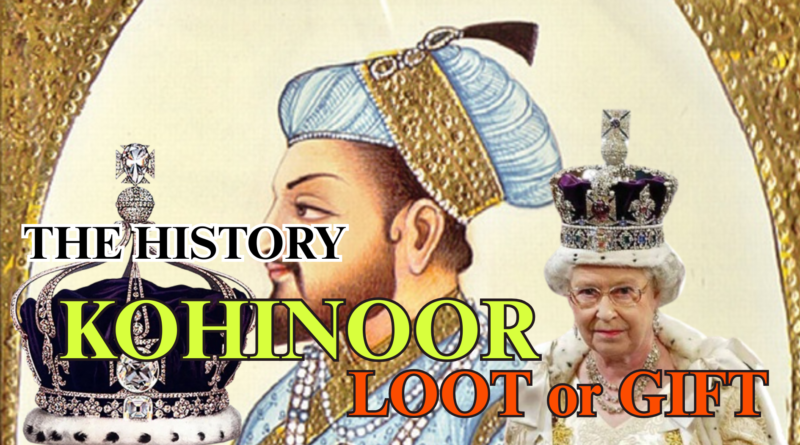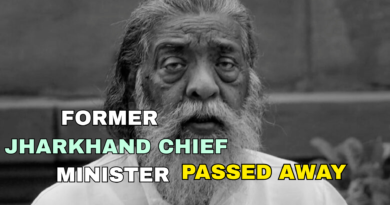HISTORY OF KOHINOOR
The Kohinoor diamond is one of the most famous and controversial jewels in the world. Its name means “Mountain of Light” in Persian. This legendary diamond has a long and dramatic history that stretches over thousands of years, involving many kingdoms, empires, and rulers. Here’s a simple, complete, and unique version of the story.
1. The Birth of the Diamond
The Kohinoor is believed to have been discovered in India around 5,000 years ago. Some say it was mined from the Golconda mines in present-day Andhra Pradesh. These mines were known for producing large and pure diamonds. The first mention of the diamond appeared in Indian records around the 13th century.
2. Ruling Dynasties and Early Owners
The diamond passed through many hands in India. It was once part of the treasure of the Kakatiya dynasty, who ruled in Southern India. The Delhi Sultanate then seized it. Later, the diamond went to the powerful Mughals, who ruled most of India. Emperor Babur, the founder of the Mughal Empire, described a large diamond in his memoirs, which many believe was the Kohinoor.
3. In the Hands of Mughals
The Mughal emperors were very fond of diamonds. The Kohinoor was placed in the famous Peacock Throne of Emperor Shah Jahan, who also built the Taj Mahal. It remained a symbol of Mughal power. However, after the invasion of Delhi by Nadir Shah of Persia in 1739, the diamond was taken to Persia.
4. The Diamond Gets Its Name
When Nadir Shah saw the diamond, he was amazed by its beauty and size. He called it “Koh-i-Noor” the “Mountain of Light.” After his assassination, the diamond again changed hands and returned to India with Ahmad Shah Durrani, the Afghan king.
5. Gift or Loot?
Eventually, the Kohinoor came into the hands of Maharaja Ranjit Singh, the Sikh ruler of Punjab, in the early 1800s. He wore the diamond with pride. Before his death, Ranjit Singh reportedly wished to donate the diamond to the Jagannath Temple in Odisha, but the British never allowed that to happen.
6. The British Take Over
In 1849, after defeating the Sikhs in the Second Anglo-Sikh War, the British annexed Punjab. They forced the young ruler, Maharaja Duleep Singh, to give up the Kohinoor as part of the Treaty of Lahore. The diamond was taken to Britain and gifted to Queen Victoria.
7. In the British Royal Family
The diamond was displayed in the Great Exhibition of 1851, but people were disappointed with its look. So, it was cut and polished to improve its sparkle. This reduced its weight but increased its brilliance. It was later placed in the crown of Queen Elizabeth, the Queen Mother, and is now part of the British Crown Jewels kept in the Tower of London.
8. A Symbol of Controversy
Today, India, Pakistan, Afghanistan, and even Iran claim that the Kohinoor was taken from them unfairly. Many people believe it should be returned to its original country. The British government, however, has refused to give it back, saying it was acquired legally. The diamond remains a symbol of colonialism, power, and loss.
FINAL THOUGHT
The Kohinoor is more than just a diamond. It is a piece of history, full of war, glory, betrayal, and mystery. It tells the story of India’s rich past, the rise and fall of empires, and the continuing debate over what truly belongs to whom.




